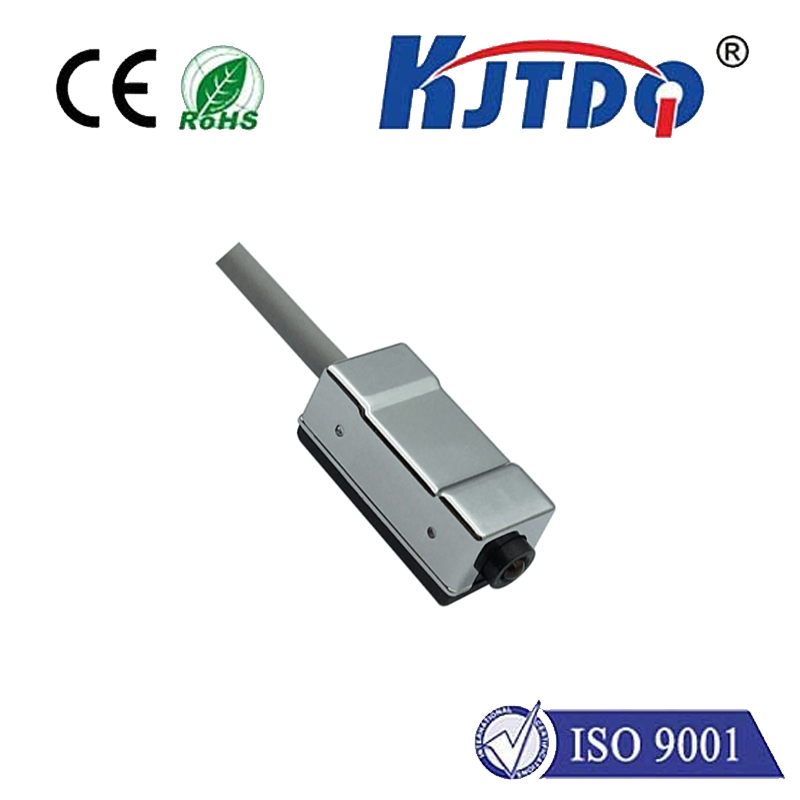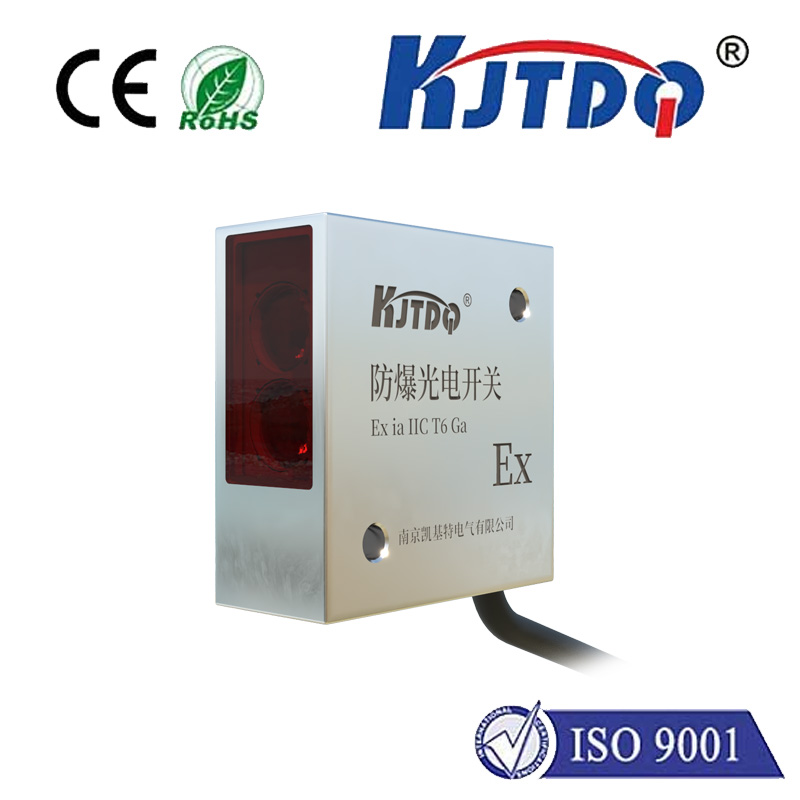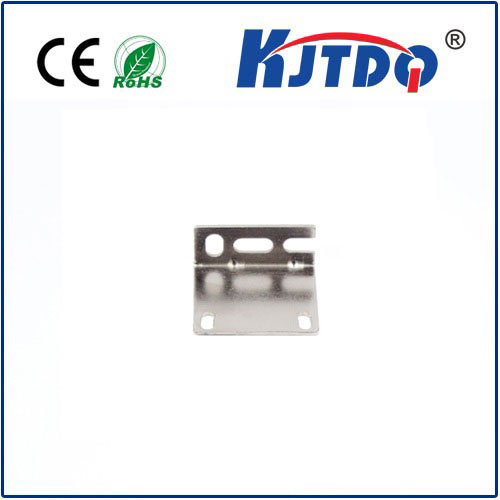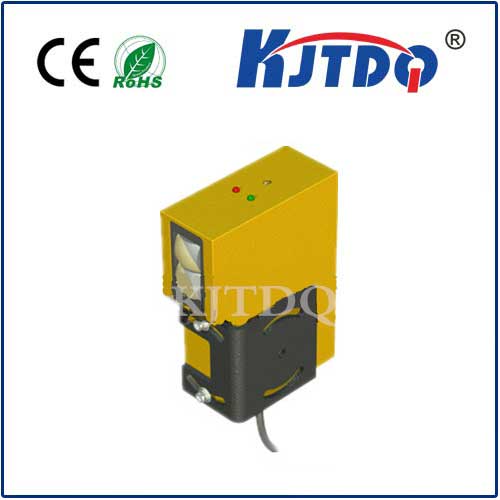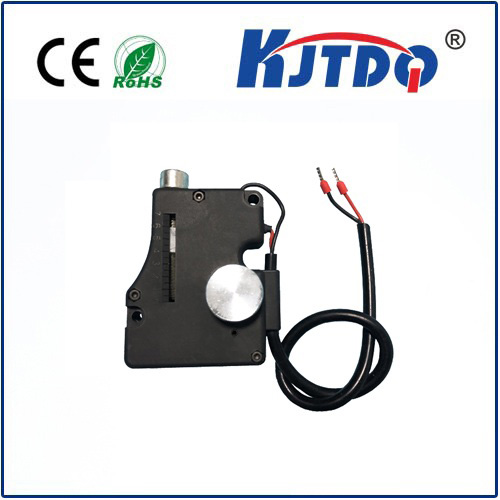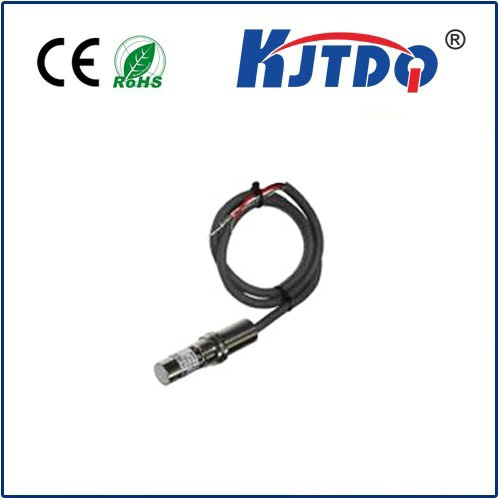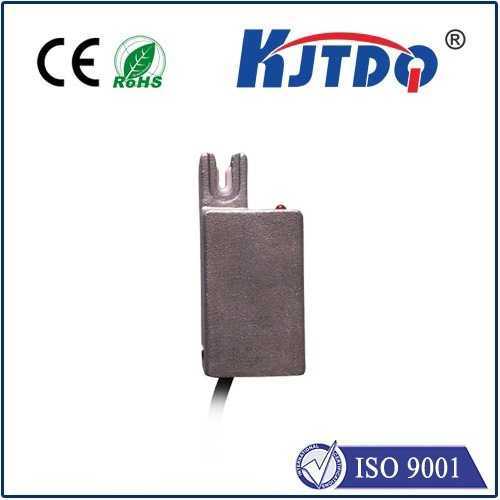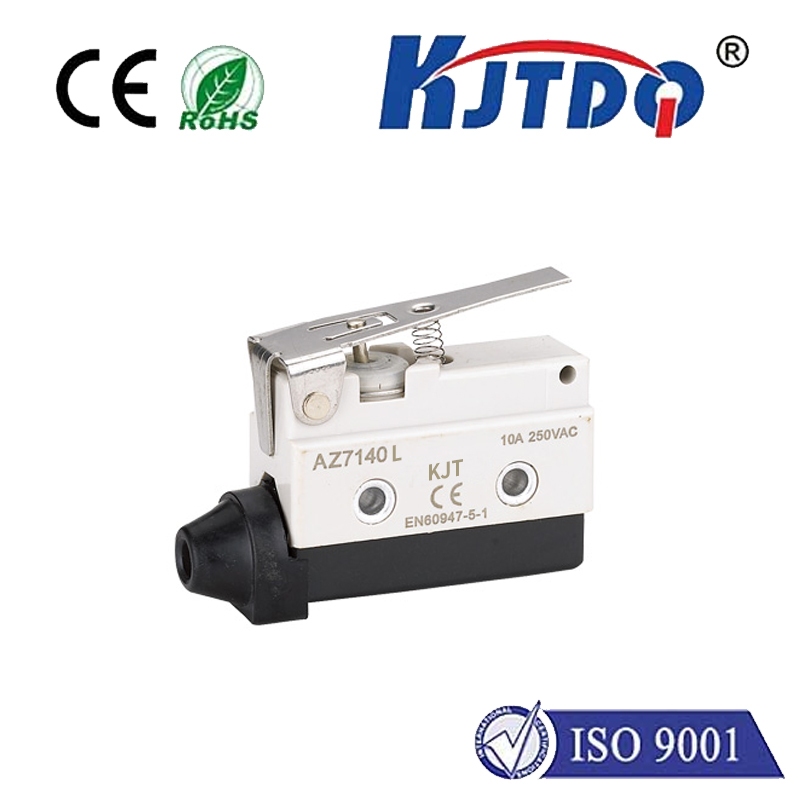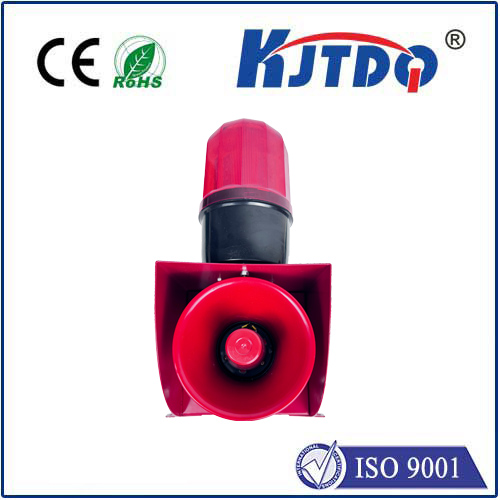
check

check

check

check
Title: Understanding the Importance of Torque Limit Switches in Industrial Applications
In the realm of industrial machinery and equipment, ensuring optimal performance and safety is paramount. One essential component that contributes to these goals is the torque limit switch, a device designed to protect machinery from damage and prevent accidents caused by overloading or excessive force application. This article aims to shed light on the significance of torque limit switches in various industrial applications.
Firstly, it is crucial to grasp the basic function of a torque limit switch. A torque limit switch is an electronic or mechanical device that monitors the amount of torque applied to a rotating shaft or joint. When the torque exceeds a preset threshold, the switch activates, triggering a response such as shutting down the system or providing a warning signal. This immediate action helps to prevent potential damages and ensures the continued operation of the machinery within safe parameters.

The use cases for torque limit switches are vast and varied across industries. For example, in manufacturing facilities, they can be integrated into conveyor belt systems, pumps, and other machinery that require precise control over torque levels. By limiting the torque, companies can maintain consistent product quality while reducing the risk of equipment failure or operator injury.
In automotive manufacturing, torque limit switches play a critical role in the assembly process. They ensure that fasteners like bolts and nuts are tightened to the correct specifications, preventing over-tightening which could lead to part failure or under-tightening which could result in loose components. This precision is vital for the safety and reliability of vehicles.
Additionally, in the energy sector, wind turbines employ torque limit switches to guard against high winds and gusts that could cause damage if not managed properly. The switches protect the turbine's gearbox and other sensitive components from the stress of excessive torque, thus extending the service life of these expensive installations.
Moreover, in heavy equipment used in construction or mining, torque limit switches are imperative for protecting hydraulic systems against pressure surges that could compromise the integrity of piping and cylinders. By automatically deactivating mechanisms when a certain level of torque is reached, maintenance costs are reduced, and downtime is minimized.
Another area where torque limit switches prove invaluable is in robotics. As robotic arms perform tasks with great precision and strength, having a mechanism to limit torque prevents them from applying too much force and potentially damaging parts or causing harm in their environment.
In conclusion, the ubiquitous presence of torque limit switches across diverse industrial settings underscores their importance in maintaining operational efficiency and enhancing safety measures. Whether safeguarding equipment from mechanical overload or ensuring the accuracy of manufactured goods, these devices are essential tools for any industrial operation that relies on controlled rotational force. By integrating torque limit switches into machinery design and operation, industries can mitigate risks and maximize productivity with peace of mind knowing that their processes are secure and well-regulated
